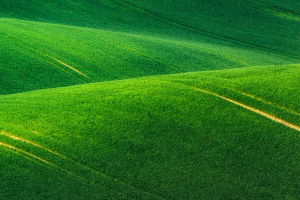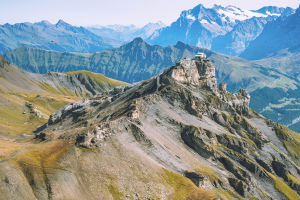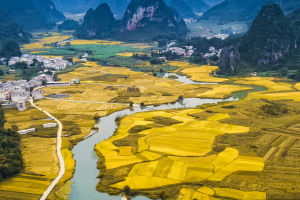Creating a captivating night scene with a red tone can be a visually striking and dramatic choice for filmmakers and photographers alike.
The use of red tones can evoke a wide range of emotions, from warmth and romance to tension and danger. To shoot a night scene in red tones effectively, you'll need to consider various factors, including lighting, color grading, and composition.
1. Selecting the Right Location: The first step in shooting a night scene with red tones is choosing the right location. Look for places with existing sources of red or warm light, such as streetlights, neon signs, or interior lights. These sources can provide a natural and authentic red tone to your scene.
2. Adjust White Balance: To enhance the red tones in your shot, consider adjusting the white balance of your camera. Set it to a warmer temperature, typically around 3200K-4000K, to emphasize the red and orange hues in your scene.
3. Use Red Filters: Red filters can be attached to your camera lens to intensify the red tones in your shots. These filters work by blocking out certain colors of light while allowing red and warm tones to pass through. Experiment with different filter strengths to achieve the desired effect.
4. Utilize Practical Lighting: Incorporate practical lighting elements into your scene to enhance the red tones. This could include strategically placing red lamps, lanterns, or candles to create a warm and inviting ambiance.
5. Control Light Sources: Control the intensity and direction of your light sources. Consider using diffusers or gels to soften the light and create a more subtle red glow. This can help you avoid overexposing your scene while maintaining the desired red tones.
6. Set the Mood: To effectively convey the desired emotions in your night scene, pay attention to the mood you want to create. Red tones are often associated with passion, romance, and intensity, so ensure your actors and props complement this mood.
7. Experiment with Shadows: Shadows play a crucial role in night scenes. Use the interplay of light and shadow to create depth and drama in your composition. The contrast between red highlights and dark shadows can be visually striking.
8. Shoot During the "Golden Hour": Shooting during the golden hour, which occurs just before sunset or after sunrise, can infuse your night scene with a natural red and warm glow. This is an ideal time to capture outdoor scenes with red tones.
9. Post-Production Color Grading: In the post-production phase, use color grading software to fine-tune the red tones in your footage. Adjust the color balance, saturation, and contrast to achieve the desired red hue and mood.
10. Maintain Visual Consistency: Throughout the shooting process, ensure visual consistency in your red tones. Keep an eye on your camera settings and lighting conditions to avoid abrupt changes in color temperature or tone.
11. Test and Experiment: The key to mastering the art of shooting night scenes with red tones is experimentation. Try different techniques, lighting setups, and color grading options to find the perfect balance that suits your creative vision.
12. Tell a Compelling Story: Ultimately, the use of red tones should serve the narrative of your scene. Whether you're creating a passionate love story or a suspenseful thriller, make sure that the red tones enhance the storytelling and emotional impact of your work.
Shooting a night scene with red tones requires careful planning, attention to detail, and creative experimentation. By selecting the right location, controlling lighting sources, and fine-tuning your camera settings and post-production processes, you can create visually captivating and emotionally charged scenes that make effective use of the power of red tones. Remember that storytelling should always be at the forefront of your creative decisions, ensuring that your use of red tones enhances the narrative and engages your audience on a deep emotional level.


